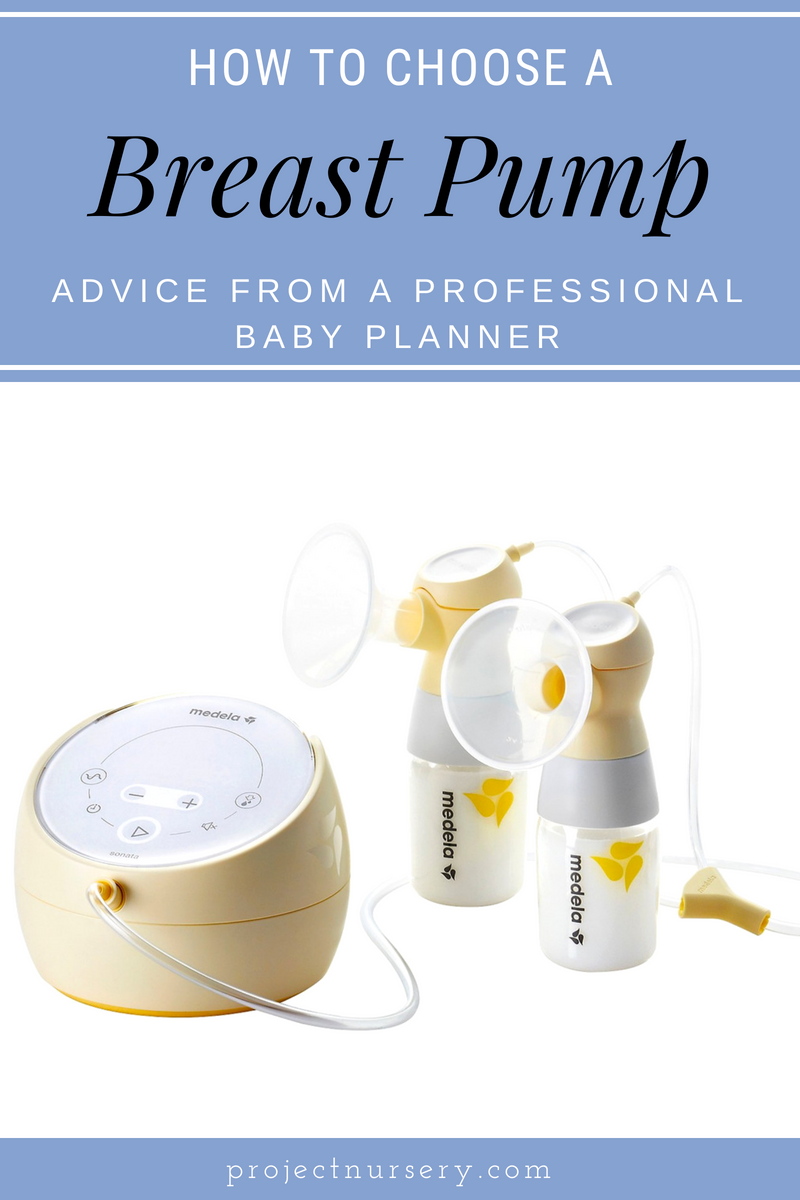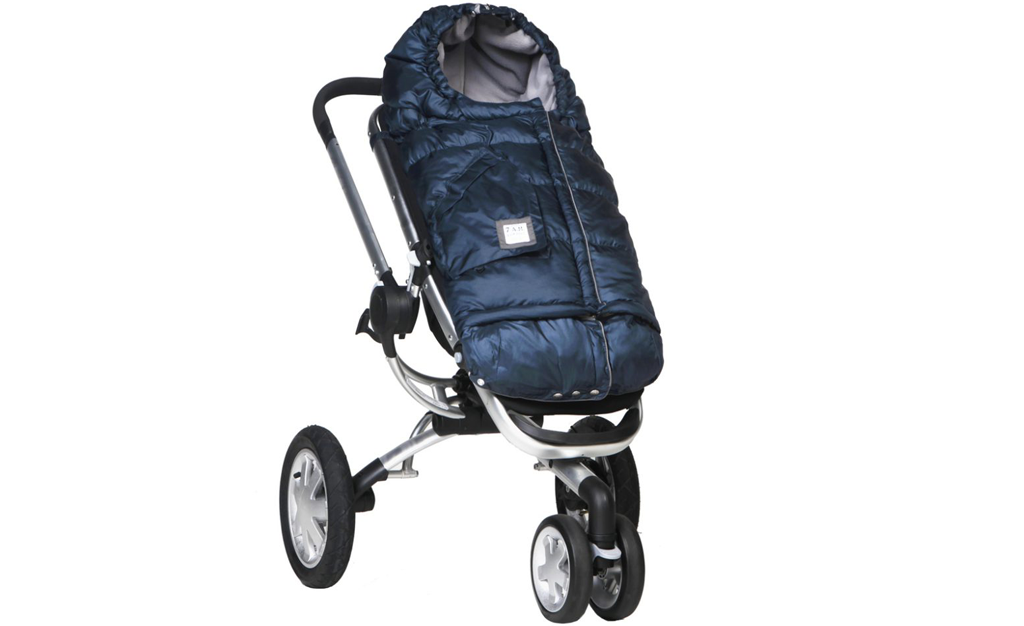Breast pumps are a piece of baby gear that can be a real life saver not only for for moms going back to work but also for moms staying home. A good breast pump can be a big investment for some families, but thankfully under the Affordable Care Act, insurance companies must cover the cost of a breast pump. The good news is that means new moms will have access to everything from manual pumps to hospital grade double electric pumps. The hard part for many new moms is deciding which pump to choose and figuring out just how to get it into their home.
 pictured above: Medela Sonata Breast Pump
pictured above: Medela Sonata Breast Pump
The first step is to reach out to your insurance company. Your provider may or may not have a certain week in your pregnancy that they will allow you to order your pump and some providers may even require a prescription. Get the information from your provider early and be sure to follow their steps to order your pump from an in-network supplier. Some providers will let you decide between only a few pumps while others will give you a long list of breast pumps that you can decide between. So how do you decide?
- Figure out if you want a manual or electric breast pump. Most new moms today go right for an electric pump because of their ease of use and how quickly it allows you to express milk. Manual pumps can be great for moms that are on the go because they are super light and portable and don’t require electricity or batteries, but they are probably best for moms that don’t plan on pumping very often.
- Make sure the breast pump has well fitting flanges (the flanges are the actual shield that covers your breast and attaches to the pump). There are several pumps on the market that come with multiple sizes of flanges so you can be sure to have the one that fits best. If a flange does not fit correctly it can affect the amount of milk you can express or cause irritation and discomfort.
- Look for a pump that offers 2-phase or Dual-phase expression if you are going with an electric breast pump. The 2-phase expression simply means the pumping starts out faster and more shallow to mimic baby’s stimulation and then as the milk comes in the pump starts working slower and deeper. This will mimic your baby nursing, which means you will be able to express more milk in less time.
- Understand the difference between a closed system and an open system. One feature you will see listed on a breast pump is that it has a closed system. Essentially what it means is that pump is made in a way that it does not allow milk to get in between the milk collection (the tubing and flanges you actually use to pump) and the pump mechanism so there is no chance of bacteria. In an open system you can clean all these parts to also prevent bacteria but a closed system really is preferred to make it easier for you.
- Figure out which accessories you need and what each pump comes with. Most pumps will come with some sort of carry bag but there are some pumps that offer additional accessories. Find out if the pump must be connected via a power cord or if it is available to run on re-chargeable batteries. You can also look for accessories such as insulated cooler, bottles you can pump directly into, extra tubing or milk storage bags.
*this post contains affiliate links*
SaveSave
SaveSave
SaveSave
SaveSave








